My Rehearsal Room: Cameron Jamieson
Musician and photographer Cameron Jamieson shares his experiences rehearsing with the Australian Romantic & Classical Orchestra.
It seems strange to begin in the middle of events but, as a tutti musician, this is where my contribution begins. The musicians arriving at Santa Sabina College in Sydney is a turning point. This is where the hours of behind-the-scenes organising (and the inevitable agonising) are transmuted from logistical plans to visible, audible existence.
The life of a musician is rarely one that begins at five a.m. but after a concert the night before, my partner, Natalia Harvey, and I have flown directly to rehearsal. When the taxi–airport–taxi dance is complete, we immediately forget any tiredness seeing the warm smiles of one of the friendliest orchestras I've had the privilege of working in, the Australian Romantic & Classical Orchestra. This project is called “Poetical Melodies” and is all about the strings. Around the room there are several people in various stages of jet lag having flown back from different European engagements, some suitcases in one corner and a few cups of tea already on the go. We are greeted by a colleague with typical endearing grace and youthful energy. One violinist is busily getting a string change in early (just in case a well-used piece of gut snaps in a crucial moment) and another player is laughing about some antics from a previous gig (probably involving a great pair of shoes). There's a general buzz of excitement, spearheaded by the joyous return of Rachael Beesley (now exchanging her administrative hat to take her place as our concertmaster and director ready to unify a room rich with experience).
As the works on the program come from the Romantic Period, we tune to four-forty (higher than our last orchestral project at four-thirty). The first challenge has already started as our gut strings rebel, dropping pitch quickly, rising unexpectedly or snapping abruptly (I received a mild lashing on my second day). If music is defined as any kind of sound, then music is constant throughout the day as players try to pluck strings and twiddle pegs surreptitiously when their gut strings misbehave.
When Nicole van Bruggen, principal clarinetist & general manager steps up to welcome the musicians in her administrative role, her excitement is electric. Her passion for the music is obvious as she addresses a room of friends and like-minded champions of this Art.
There is also a quietly acknowledged absence, the father of this team – Richard Gill AO. Thoughts and hope for him hang in everyone's minds. Memories of his charisma, hilarious antics and deep commitment to giving music to every person gives further gravitas to the task at hand. We are proud to bring life to something he cares deeply about just as we care much about him.
Throughout the week, we dissect passages of the music in detail and investigate stylistic performance choices. We refer to treatises of the period, performance traditions past and present as well as our own analysis of the composer's markings. Then, the technical execution to bring these choices into performance is discussed with particular attention to articulation, dynamic and tone control.
One example of a discussion focused on the marking of the word “crescendo”, building from a prior piano to a forte marked later, yet – in the middle of this volume increase – there appears the notation modernly used for a diminuendo – the “>” symbol. A contemporary approach may be confusing given the simultaneously opposing markings. However, in this case, we believe the marking refers to the type of sound. Following this, the technical choices to execute the passage in this way are confirmed. For this phrase, the increasing speed of bow and vibrato as well as narrower vibrato width. These discussions unify the interpretation of the writing and the consequential technical choices made by the musicians to create a consistent sound with scholarly support. All of this under the direction of Rachael's vast knowledge – as it is ultimately her responsibility to make the artistic decisions when there are variations in thought.
Personally, performing with the earthy unique character of gut strings and with the freedom from compulsory modern equipment is a wonderful feeling. Exploring the sounds of the period gives the deepest layer of expression and a sense of authenticity to what the composer was articulating. I can sense how we all believe in the style.
The music is approached with a shared conscience and respect for the composer's writing and the context and traditions of the period. Led from the front, the players share their knowledge in a positive, friendly atmosphere. Surely this is music as it was meant to be made.
The Australian Romantic & Classical Orchestra is now in its sixth year and has already become a musical force to be reckoned with. Their programming and active education programs have been lauded by audiences and critics alike. For your musical delight in 2019, ARCO have created an outstanding series of programs – Madness & Confrontation, Mannheim Rocket and New Constellations. Image by Nick Gilbert.

